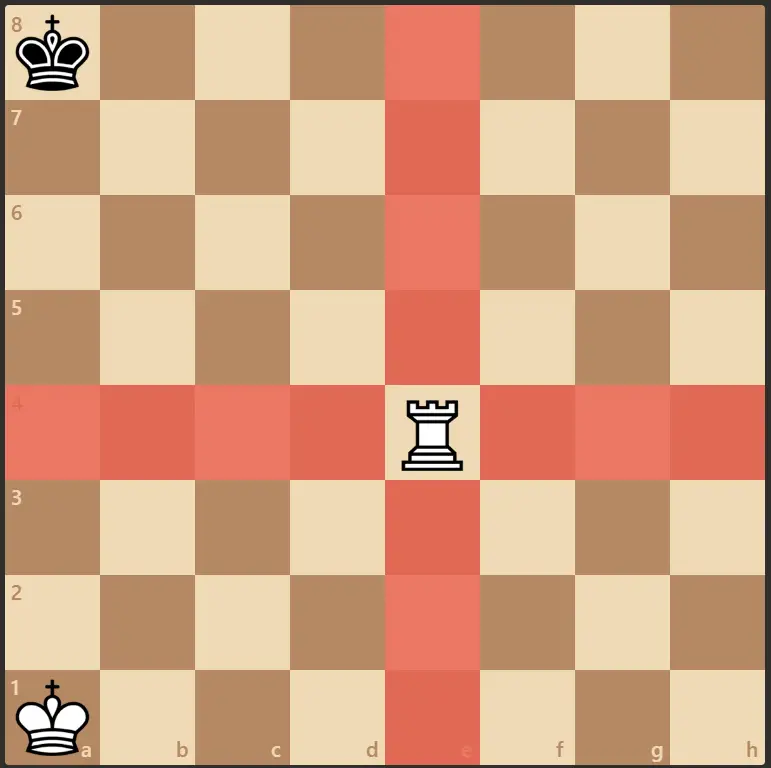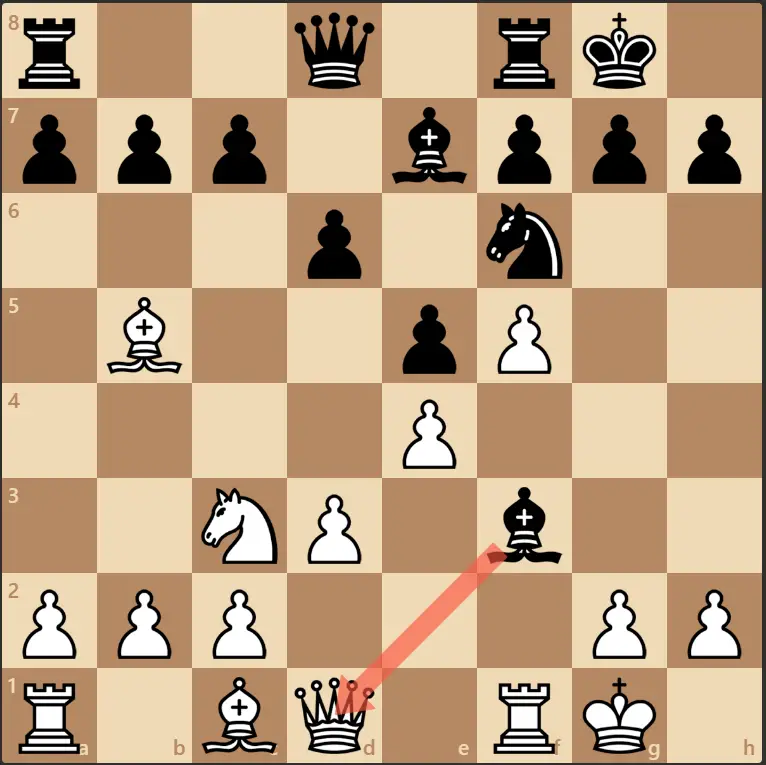History and Origins of the Rooks Steeplechase

The Rooks Steeplechase, a thrilling equestrian event held annually in the heart of the English countryside, boasts a rich history intertwined with the local culture and traditions of the region. Its origins can be traced back to the early 19th century, a time when horse racing was a popular pastime among the aristocracy and rural communities alike.
Early Beginnings and Evolution
The Rooks Steeplechase emerged from the tradition of informal “steeplechases,” races held over challenging courses that often included natural obstacles like fences, ditches, and streams. These early races were typically organized by local gentlemen and often took place on private land, with participants riding their own horses. The term “steeplechase” itself originated from the practice of using a church steeple as a landmark to determine the finish line.
Influence of Local Traditions and Culture
The Rooks Steeplechase has been deeply influenced by the local traditions and culture of the region where it is held. The event has become a celebration of the equestrian heritage of the area, with participants and spectators alike donning traditional attire and engaging in local customs. The race itself is often followed by a celebratory feast and social gatherings, further reinforcing the sense of community and shared heritage.
Comparison with Other Similar Events, Rooks steeplechase
The Rooks Steeplechase shares similarities with other steeplechase events held around the world, but it also possesses unique characteristics that distinguish it from its counterparts. Compared to the Grand National, one of the most famous steeplechase races in the UK, the Rooks Steeplechase is known for its more intimate atmosphere and focus on local participation. While the Grand National attracts a global audience and features professional jockeys, the Rooks Steeplechase remains a primarily local event, fostering a sense of camaraderie and community spirit.
The Course and its Challenges

The Rooks Steeplechase course is renowned for its demanding terrain and challenging obstacles, pushing riders and their horses to their limits. The course is designed to test the skill, endurance, and courage of both horse and rider, making it a truly exhilarating spectacle.
The Course Layout and Terrain
The Rooks Steeplechase course is typically laid out over a challenging terrain that includes a mix of fields, woodland, and hills. The course is designed to test the rider’s ability to navigate a variety of obstacles, including fences, ditches, and water jumps. The terrain is often uneven and can be slippery, particularly after rain.
Physical and Technical Challenges
The Rooks Steeplechase presents a unique set of physical and technical challenges for riders. Riders must be in excellent physical condition to withstand the demands of the race. They must also possess a high level of skill and experience in navigating the challenging terrain and obstacles.
Most Challenging Aspects of the Course
The most challenging aspects of the Rooks Steeplechase course are often the obstacles. These obstacles can be daunting for both horse and rider.
“The Rooks Steeplechase is known for its demanding fences, which are often high and wide. Riders must have a horse that is both strong and agile to clear these obstacles safely.” – Experienced Steeplechase Rider
Obstacles
- Fences: The fences on the Rooks Steeplechase course are notoriously high and wide, requiring riders to have horses that are both strong and agile to clear them safely. These fences are often built with natural materials, such as timber and brush, adding to their difficulty.
- Ditches: The course includes a number of ditches that riders must navigate. These ditches can be deep and narrow, requiring riders to have a horse that is willing and able to jump them safely.
- Water Jumps: The Rooks Steeplechase course typically features a few water jumps, which are often the most challenging obstacles. These jumps require riders to have horses that are confident and willing to jump into water. The water can be deep and cold, making these jumps even more demanding.
Terrain
- Hills: The Rooks Steeplechase course is known for its steep hills, which test the endurance of both horse and rider. These hills can be challenging to climb, especially with a heavy weight on the horse’s back.
- Uneven Terrain: The terrain of the Rooks Steeplechase course is often uneven, with a mix of fields, woodland, and hills. This uneven terrain can be difficult for horses to navigate, especially at high speeds. The course can also be slippery, particularly after rain, which can make it even more challenging for horses to maintain their footing.
The Riders and their Strategies

The Rooks Steeplechase demands a unique blend of horsemanship, athleticism, and strategic thinking from both horse and rider. The participants in this challenging race are not just competitors, but partners, each relying on the other’s strengths to navigate the demanding course.
Horse Selection and Training
Choosing the right horse is crucial for success in the Rooks Steeplechase. Riders seek horses with specific qualities:
- Stamina and Strength: The course is long and arduous, requiring horses with exceptional stamina and the strength to carry a rider over challenging terrain. Thoroughbreds, known for their speed and endurance, are often favored.
- Jumping Ability: The course features a variety of obstacles, from natural fences to man-made jumps, requiring horses with exceptional jumping ability and the agility to clear them safely. Horses with a good “scope” (the ability to clear high obstacles) and a natural jumping style are highly valued.
- Temperament and Trainability: The Rooks Steeplechase is a demanding race, requiring horses with a calm temperament and the ability to remain focused and responsive under pressure. Horses that are easily spooked or lack focus are less likely to succeed.
Training for the Rooks Steeplechase is a rigorous process that involves both physical and mental conditioning. Horses undergo specialized training to develop their jumping skills, improve their stamina, and acclimate them to the challenges of the course. Riders work closely with their horses, building trust and communication, which are essential for success.
Rider Skills and Experience
Riders in the Rooks Steeplechase must possess a unique combination of skills and experience:
- Jumping Ability: Riders need to be skilled at jumping and able to maintain balance and control while clearing obstacles. They must also be able to anticipate the horse’s movements and adjust their position accordingly.
- Horsemanship: A deep understanding of horse behavior and the ability to communicate effectively with their mounts are essential. Riders must be able to read their horse’s cues and respond appropriately, ensuring both horse and rider are working together harmoniously.
- Strategic Thinking: The Rooks Steeplechase requires riders to develop a strategic approach to the race. They need to plan their route, pace themselves, and adapt their strategy based on the performance of other riders and the challenges of the course.
- Physical Fitness: Riders must be physically fit to handle the demands of the race. They need to be able to maintain their balance and strength over long distances and maintain their focus under pressure.
Race Strategies
Riders employ a variety of strategies to navigate the Rooks Steeplechase and gain an advantage over their competitors:
- Early Pace: Some riders prefer to establish an early lead, setting a fast pace and putting pressure on their competitors. This strategy can be effective, but it requires a horse with exceptional stamina and a rider who can manage their horse’s energy levels.
- Mid-Race Strategy: Other riders prefer to conserve their horse’s energy in the early stages of the race, moving into a more aggressive position in the middle stages. This strategy allows them to conserve their horse’s energy for the final stages of the race, where they can make a strong push for the finish line.
- Course Knowledge: Knowing the course well is essential for success. Riders need to understand the layout of the course, the location of obstacles, and the best lines to take. They can also use their knowledge of the course to anticipate the moves of their competitors.
- Teamwork: Riders often work together as a team, sharing information and strategies to help each other succeed. This teamwork can be particularly important in the final stages of the race, where riders can help each other navigate the course and avoid making costly mistakes.
The rooks steeplechase is a thrilling event that tests an athlete’s endurance and agility. It’s a reminder of the dedication and discipline required to excel in any sport, just like the young Ethiopian runner, Lamecha Girma , who has already captured the world’s attention with his incredible performances.
The rooks steeplechase, like Girma’s races, is a testament to the human spirit’s ability to push beyond its perceived limits.
The rooks steeplechase, a thrilling spectacle of aerial acrobatics, reminds us of the importance of agility and speed. Just like the rooks, who navigate the skies with precision and grace, athletes like wayde van niekerk push the boundaries of human potential.
Van Niekerk, a South African sprinter, demonstrated incredible speed and agility on the track, leaving audiences in awe. In the same vein, the rooks steeplechase highlights the incredible feats of these birds, showcasing their agility and prowess in a breathtaking aerial dance.